Newel post caps and finials: The finishing touch
Staircases are more than just a way to get from one floor to the next. "A staircase is a stage," said Sam Cochran, global features director at Architectural Digest. "It's an opportunity for ceremony. Think about prom, as people descend the steps in their regalia."
And a staircase played a symbolic role in a Christmas classic starring Jimmy Stewart. "There's a famous scene in 'It's a Wonderful Life,' where George Bailey ascends the staircase and grabs the newel cap and it comes off. And that is a sign of him being down on his luck."
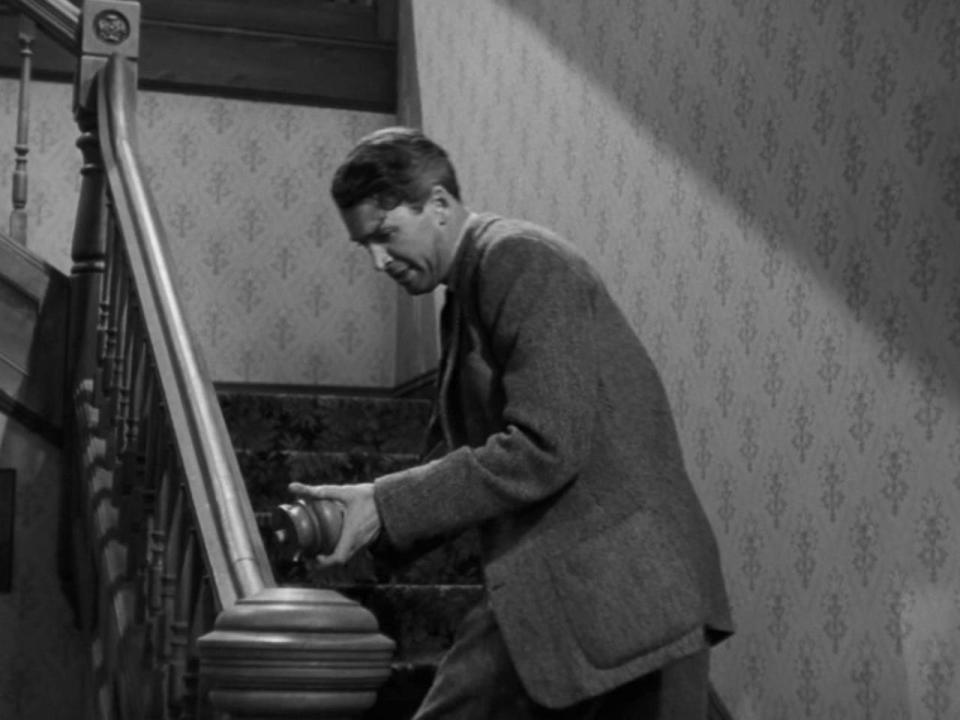
Yes, that thing that George Bailey pulls loose is called a newel cap (sometimes called a newel finial if it's especially ornate). "They're everywhere you look," said Cochran. "They're outside on the streets, they're in public institutions like libraries and museums."
It's largely a decorative element, though it is nice to grab on to. Look how President Teddy Roosevelt manhandles his newel cap in this portrait by John Singer Sargent:
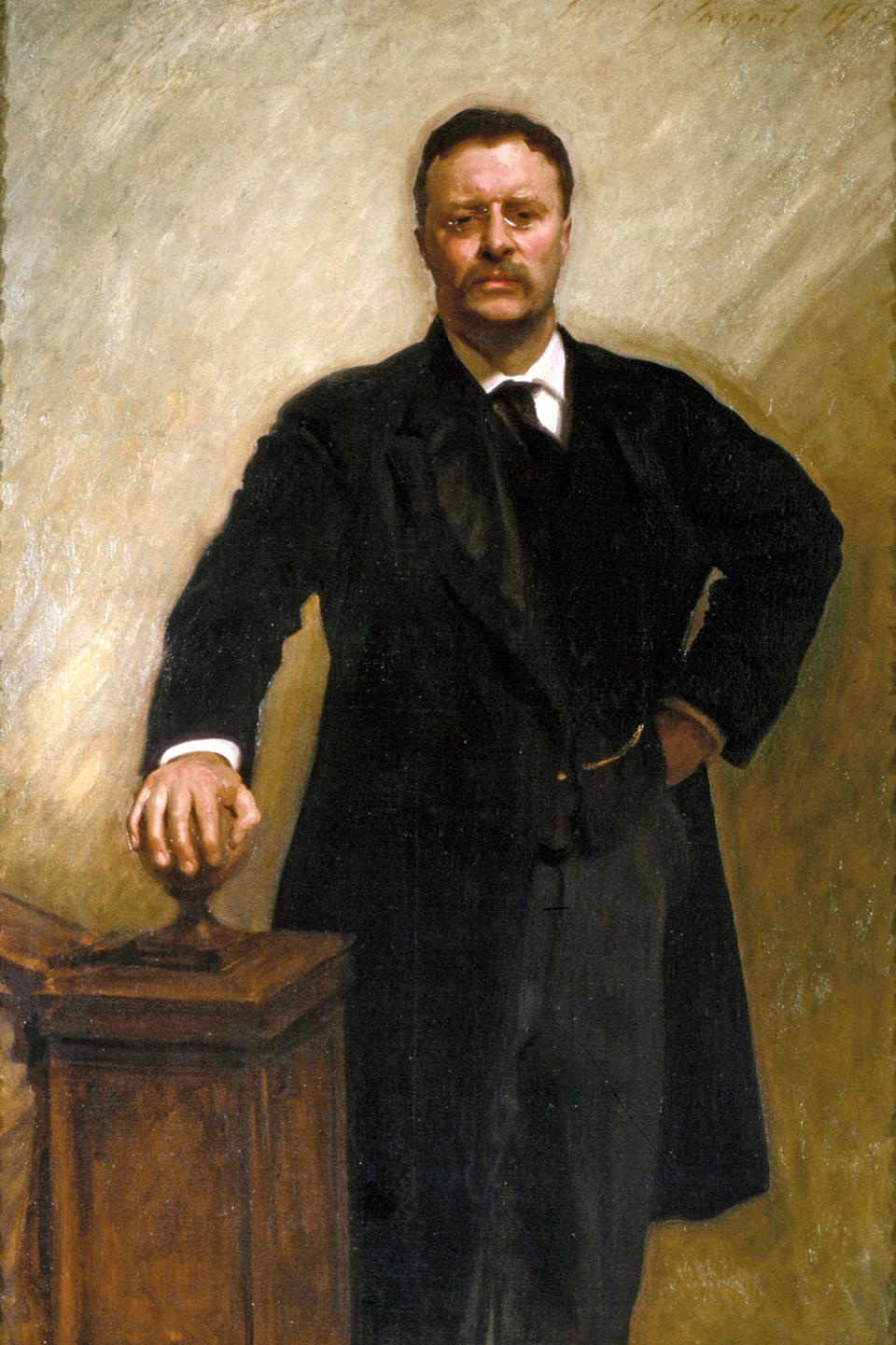
Preservationist Michael Henry Adams took "Sunday Morning" inside a mansion currently being restored at 150th Street and St. Nicholas Place in Harlem, where we found a dramatic staircase, its handsome newel post climaxing in a sumptuous, electrified finial.
This was once the home of James Bailey, of Barnum and Bailey, co-creators of "The Greatest Show on Earth" – with an aesthetic apropos for the co-owner of a circus. "It definitely was meant to be a showplace," said Adams.
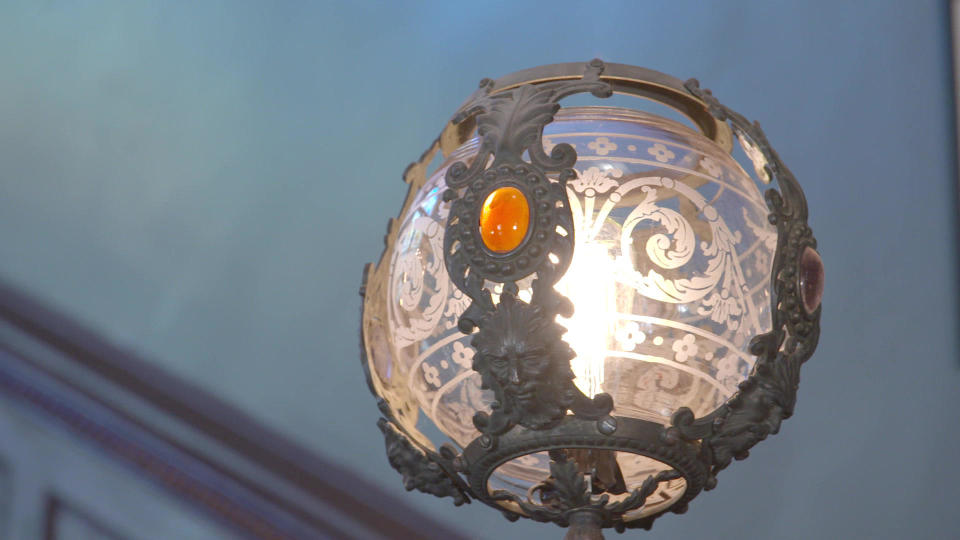
It's a miracle the staircase survived; a former owner let her German shepherds roam freely. Adams said, for all intents and purposes they'd turned feral: "The amount of damage that they did to the house was extraordinary. I mean, balusters on the staircase were chewed right through."
Good luck chewing through these babies: These urn-shaped finials, outside the 1832 Merchant's House Museum in Lower Manhattan, were once ubiquitous on city streets.
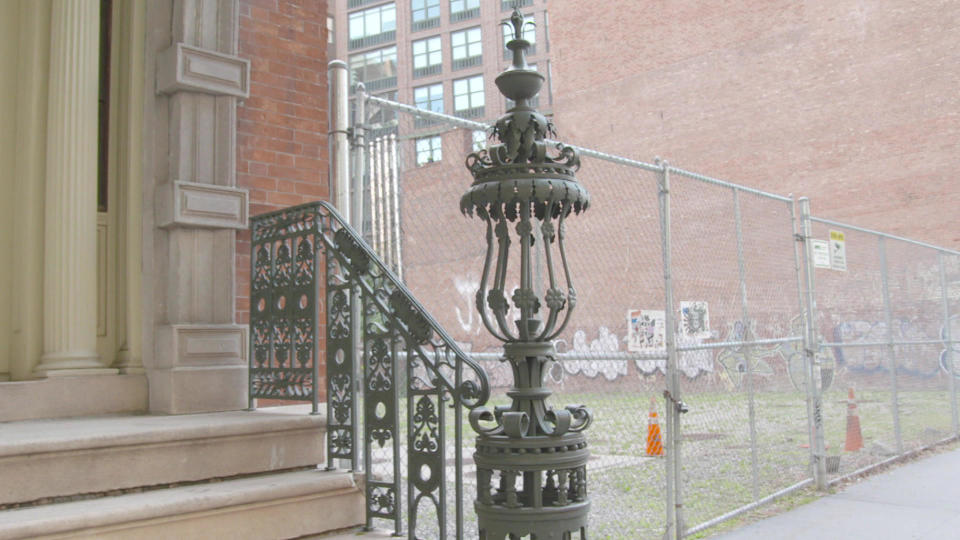
"Each of these scrolls, you know, was rolled out on a machine," said Adams. "Instead of this having been a unique element, there would have been many of these all over downtown New York."
But you might say: everything old is newel again.
Mike Cangelosi runs JMP Wood, started by his family in 1974 in Brooklyn, where they make newel caps. As craftsman Hector Corne was at work fashioning a newel cap, Cangelosi explained what is key to deciding on a design: "You want something comfortable for your hand. A lotta people, they'll just look at it and see it and say: they all look the same to me."
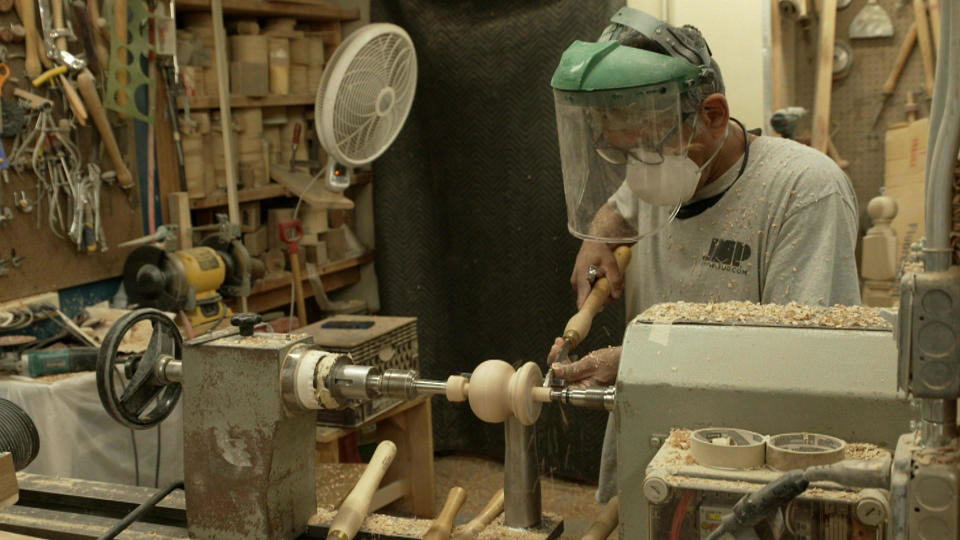
"So, you gotta take it for a test drive – which means putting your hand on top of it," said Rocca.
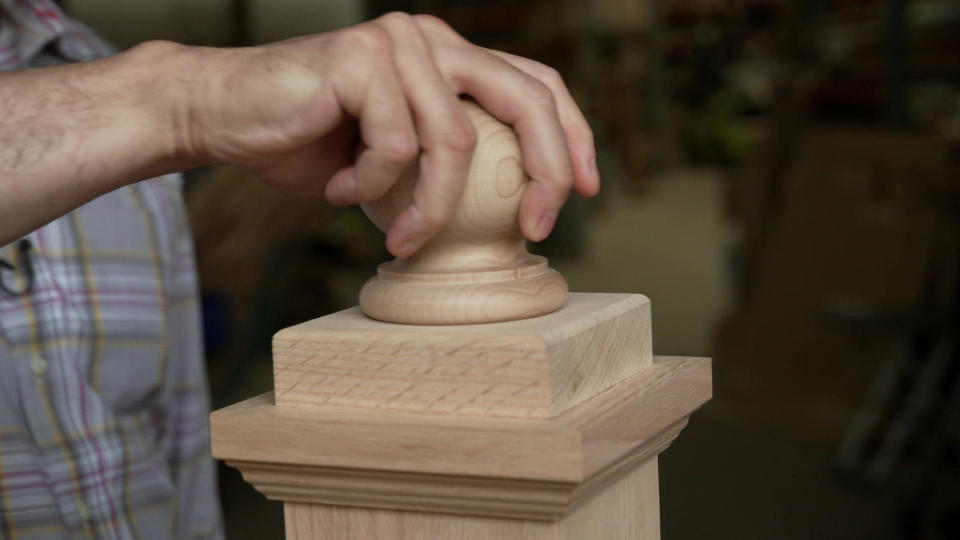
At New York's Metropolitan Museum of Art, associate curator Wolf Burchard and conservator Mecka Baumeister led a team that recently restored the 1680 Cassiobury staircase, rescued from an estate just north of London, and now on exhibit.
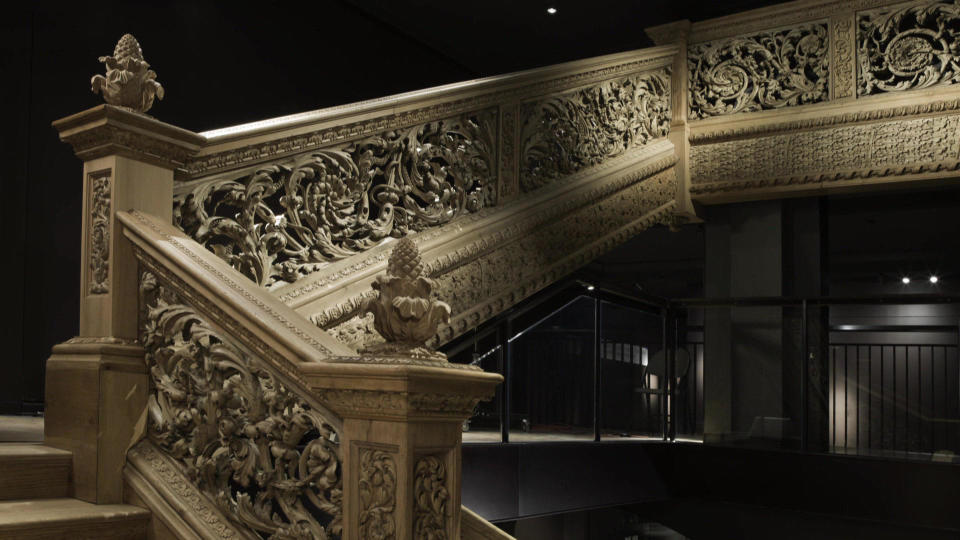
Baumeister showed Rocca the elaborate newel post, its finial shrouded in mystery. Is it a pine cone, or a pineapple – a very exotic and prestigious fruit in its time, and traditionally a symbol of warmth and welcome?
"I think we have to leave it open at the moment," Baumeister said.
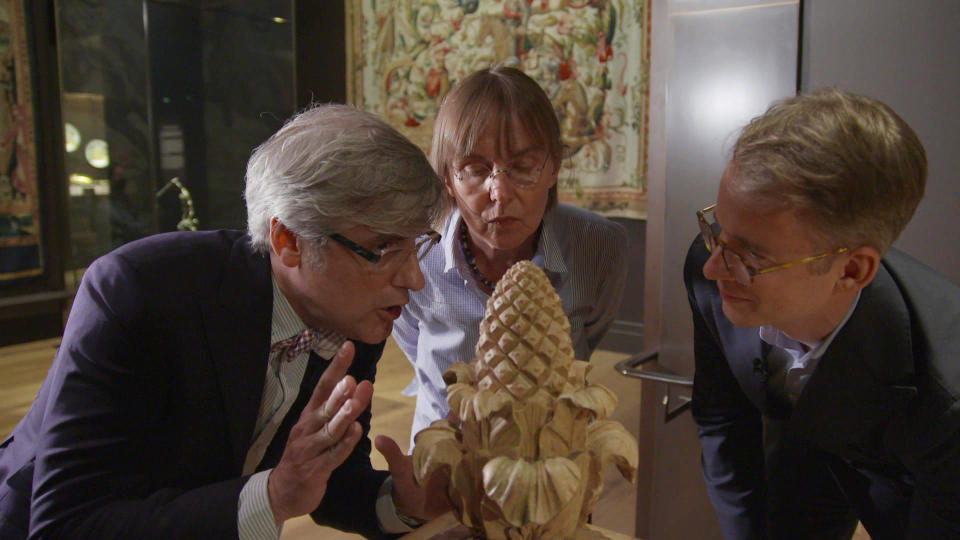
Rocca asked, "We're doing an entire piece on newel post caps and finials. Are we overdoing it? Are we crazy?"
"I don't think you are crazy," Baumeister replied. "One thing is, I think beauty has a function, in the sense of, it's enriching our lives, our experiences. So, beauty is very important in life."
For more info:
JMP Wood, BrooklynSamuel Cochran, Architectural DigestPreservationist Michael Henry Adams (Facebook)Merchant's House Museum, New York CityMetropolitan Museum of Art, New York City
Story produced by Jay Kernis. Editor: Carol Ross.
Reporter's notebook: Zelenskyy's surprise visit to Washington

